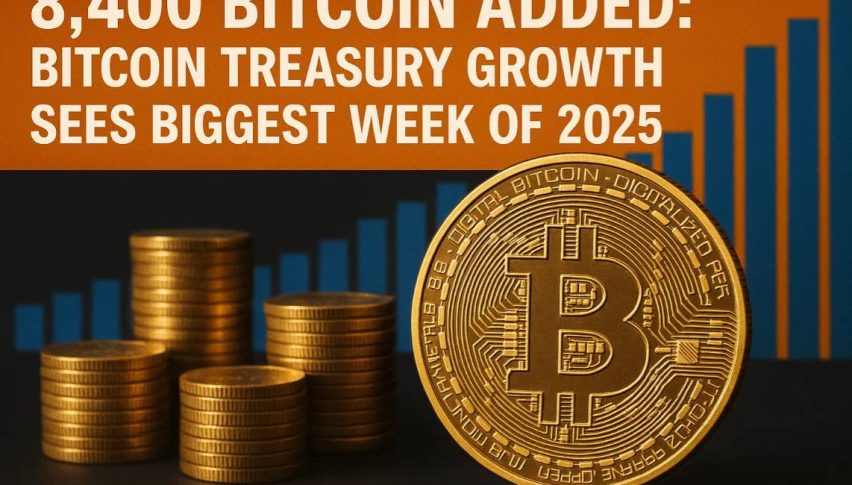Bitcoin Price Struggles to Break $65,000 Resistance Amid Economic Concerns
Bitcoin (BTC) has faced rejection near the $65,000 level again, making it a crucial resistance to overcome. The leading cryptocurrency has


Bitcoin (BTC) has faced rejection near the $65,000 level again, making it a crucial resistance to overcome. The leading cryptocurrency has been stuck in an extended consolidation phase over the past six months, according to a recent report by blockchain analytics firm Glassnode.
Extended Consolidation Phase and Capital Inflow Drop
The report highlights that Bitcoin has experienced a significant drop in capital inflows during this period, contributing to the price stagnation. Short-term holders (STHs), who have held BTC for less than 155 days, have seen their market gradient turn negative while the realized price gradient remained positive but trending lower.
“This indicates that downside in the spot price was more aggressive than the intensity of capital outflows,” Glassnode analysts noted.
The prolonged consolidation period is reminiscent of the 2019-2020 timeframe, which preceded a strong rally in Q2 2019. Despite the current pressure on new investors, who have been experiencing increasing unrealized losses since June 2024, the magnitude of these losses is less severe than during previous market downturns.
Factors Hindering Bitcoin’s Price Growth
Several factors are contributing to Bitcoin’s struggle to maintain levels above $64,500:
- Weak macroeconomic data: The US housing market has shown signs of weakness, with median new home sales prices falling for seven consecutive months.
- Concerns over a potential stock market correction: Warren Buffett’s Berkshire Hathaway recently reduced its stake in Bank of America, raising concerns in financial markets.
- Uncertainty surrounding the upcoming US presidential election: The crypto industry is closely watching how the election outcome may impact regulatory policies.
Signs of Potential Bullish Momentum
Despite these challenges, some positive signs remain. Bitcoin’s classic Puell Multiple metric has hit the “green” zone for the first time since late 2022, historically indicating potential upward price movement. Additionally, analyst Rekt Capital pointed out that Bitcoin typically breaks out from its reaccumulation range between 154 and 161 days after halving, with the most recent halving occurring 157 days ago.
Glassnode’s analysis suggests that a sustainable market reversal may be in its early stages, with the cost basis of investors who have held Bitcoin for between one week and one month slipping below that of the one-month to three-month cohort.
- Check out our free forex signals
- Follow the top economic events on FX Leaders economic calendar
- Trade better, discover more Forex Trading Strategies
- Open a FREE Trading Account


